As a plus size woman, knowing your fashion closures is extremely important.
Relatively overlooked, knowing what and when to choose what can make a major difference. Properly fitted clothes look chic and expensive. Bursting at the seams or sloppy fabric does not!
As such, we’ve compiled the ultimate guide to know exactly which closures are best for each garment.
Follow these tips and you’ll be a fashion pro in minutes!
Buttons
Buttons are one of the most expensive and creative closures.
Choosing interesting and unique buttons instantly adds value to your outfit.
Unfortunately for a curvy girl buttons can be a nightmare. If you’re busty, you’ll know the frustration of button down shirts. But they can be equally unforgiving to wide hips and tight cuffs.
Wherever your widest points are, avoid button closures at all costs. A stretched button is not a stylish look. You also don’t want the embarrassment of a button pinging off throughout the day!
Save your button closures for the back of garments or short front plackets.
If buttons are really your thing, you can also opt for non functional buttons. These buttons are stitched on for aesthetics only, meaning they won’t be stretched or strained.

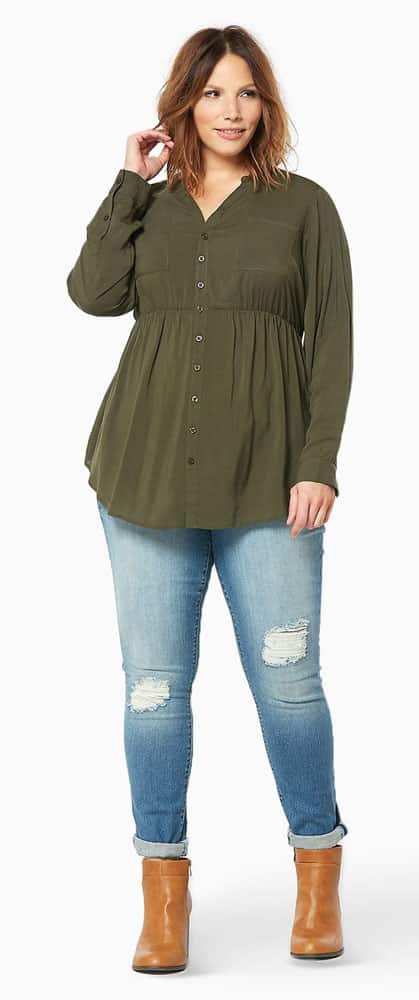

Zips
Zips are more forgiving than buttons. They can be stretched a little and won’t look bad. Prolonged stretching, however, will eventually break the zip. A zip put under pressure can also pull on the fabric, causing it to rip or stretch.
The best example of avoiding zips is on knee length boots. If you have thick calves, you’ll find zip up boots a real pain. It’s also best to avoid zips on form fitting garments.
Keep your zips for looser fitting pieces or at certain points on the body. A shoulder or horizontal zip looks edgy and dynamic.

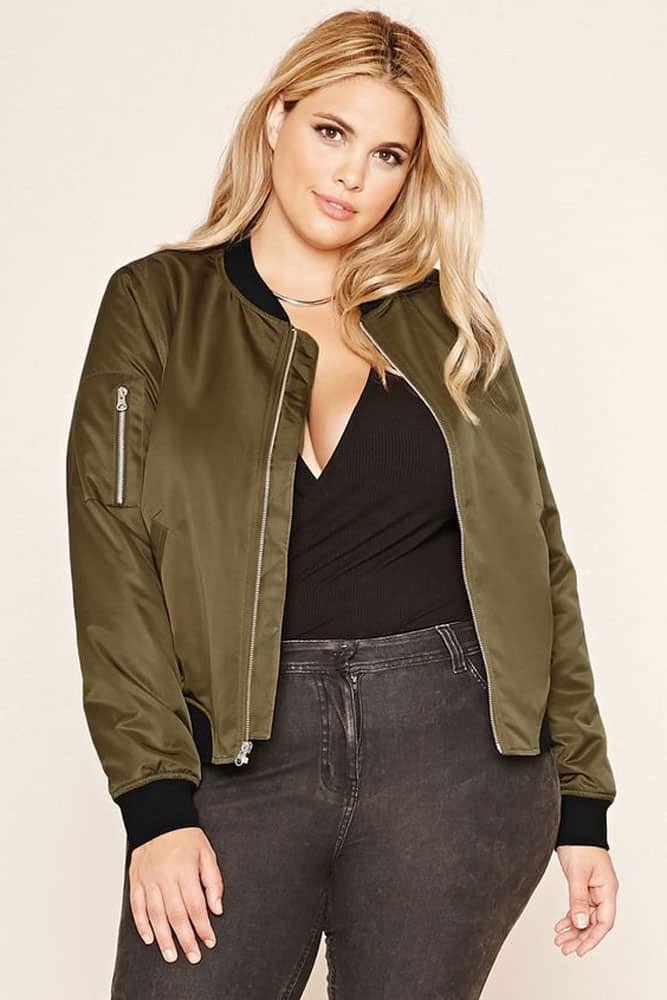

Corsetry
As sexy and sensual as corsetry is, it’s one of the hardest closures to pull off.
The idea of corsets is to cinch yourself in. But because of this, it can create bulges in other places. A regular corseted bodice can flatter a stomach but can draw attention to back bulges. A corset dress can make hips looks wider and emphasize love handles.
If you adore corsetry, keep them for lace up shoes, cuffs and high necks instead.

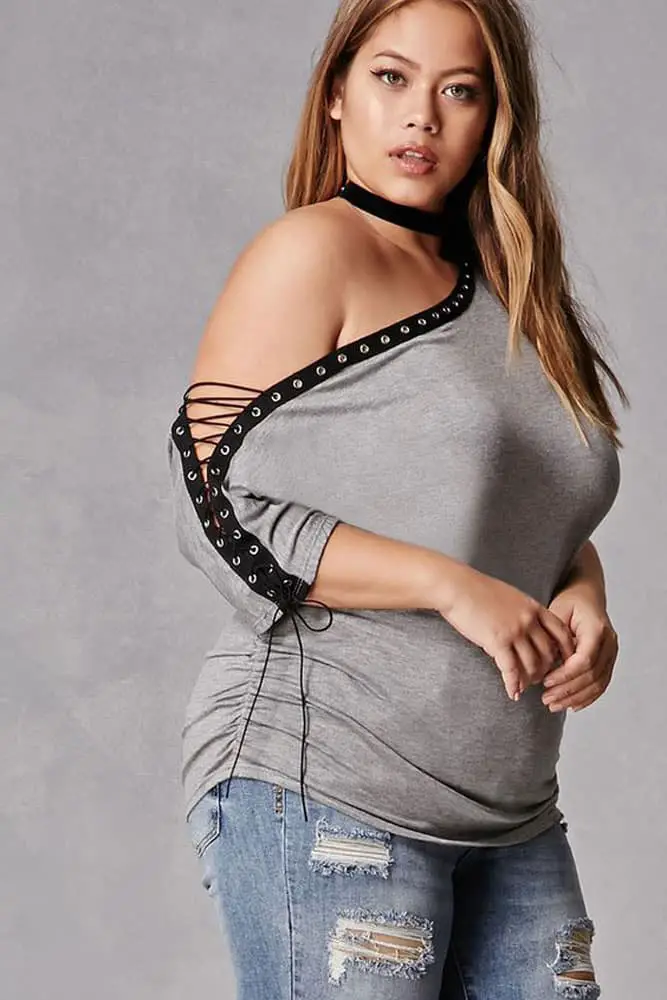
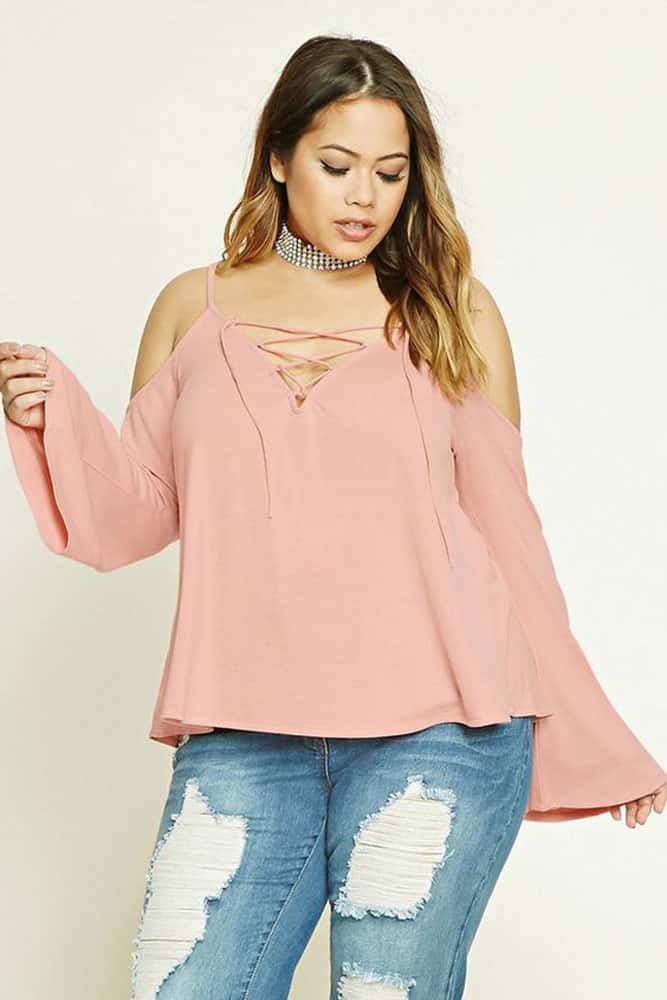
Elastics
Faithful elastic! Elastic waists and inserts are one of the most comfortable closures. It’s durable and easy fitting too. The only problem with elastic is that it can look very casual. Keep your elasticated waists for your casual daywear.
Elastic is also the best option for long length boots. Very stretchy in nature, it’s extremely forgiving. Elastic is also very easy to replace, even for a novice. This means that even after years of wear and tear, you can still keep your garment looking fresh.
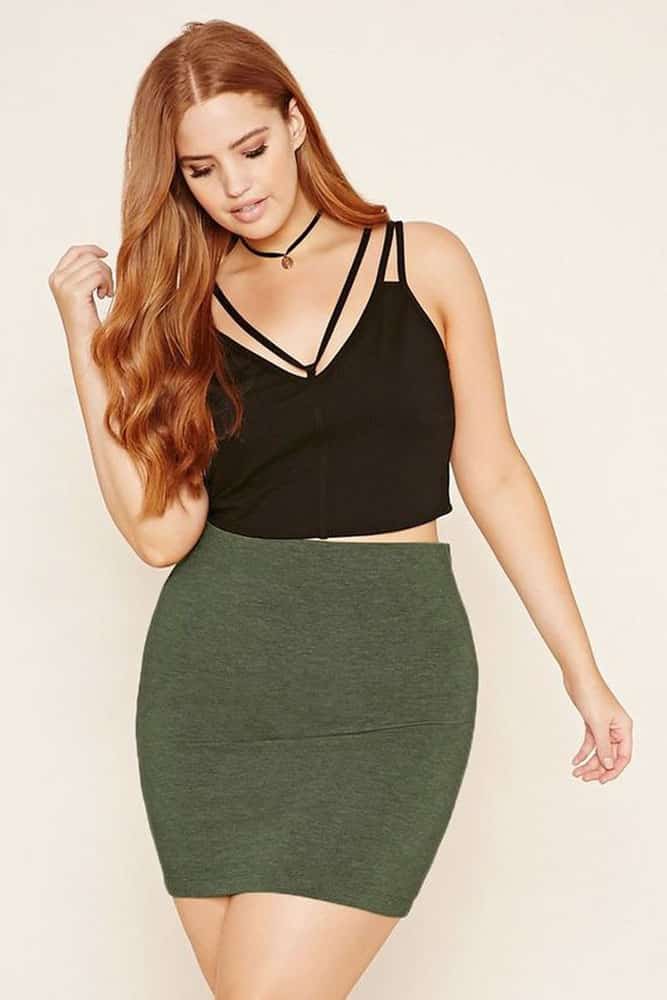
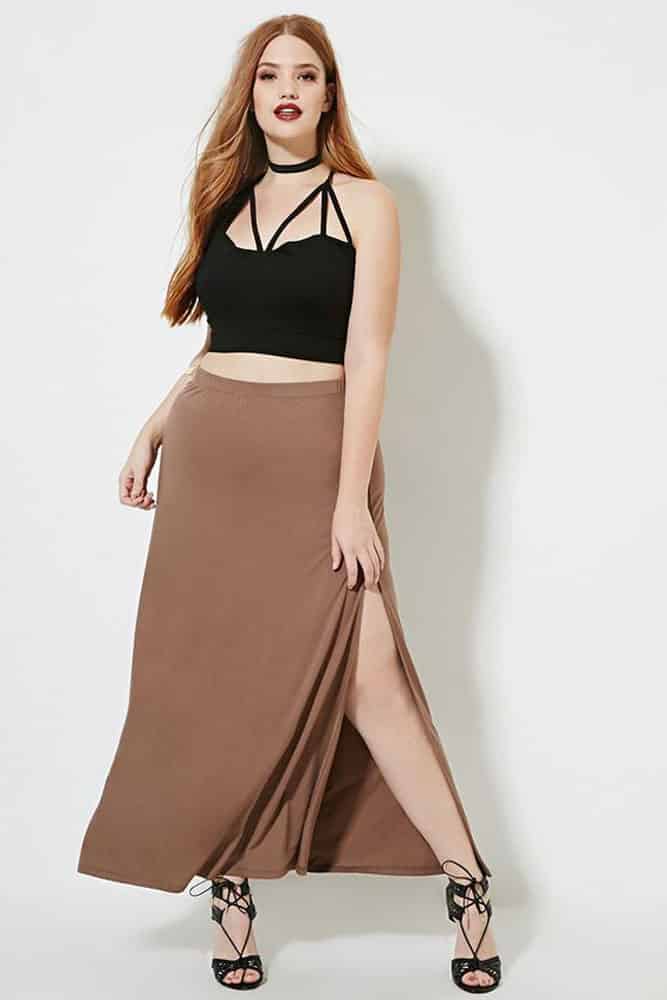

Tie Belts
Tie belts look amazing. A mix between masculine and feminine, no kimono would be complete without one. They also look fabulous when tied into a bow on a coat or wrap dress. Unfortunately, they aren’t very secure. They will loosen as you move and you’ll need to re-tie them quite frequently depending on the fabric.
For dresses, this can be particularly frustrating. If you need more support across the bust, a tie belt might not be for you. Keep them for outerwear, when a slightly loose knot isn’t a big deal.


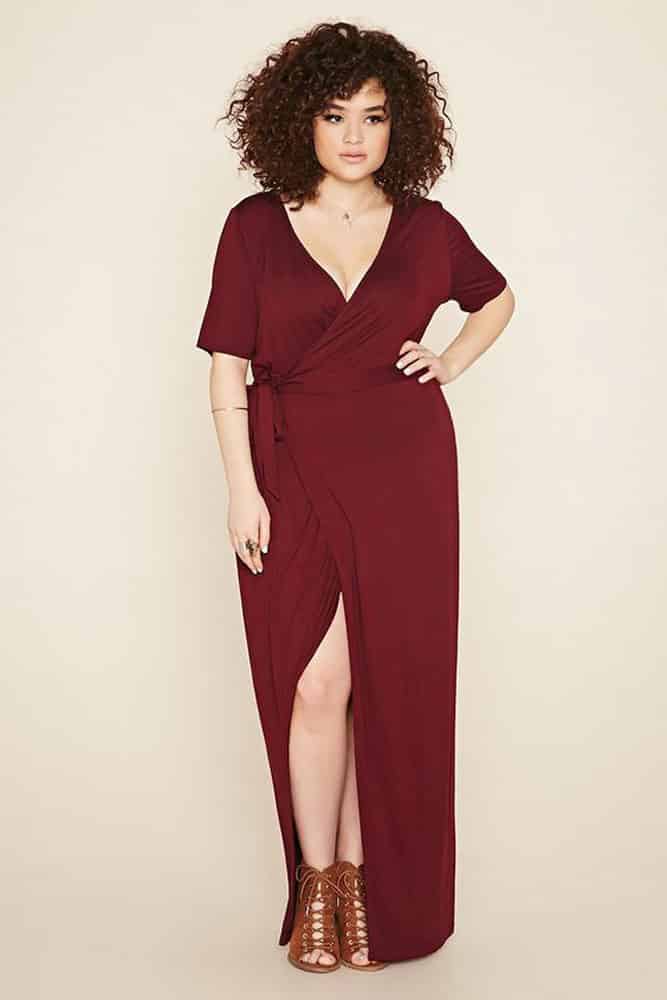
Now you know which garments should have which closures. You’ll be able to cut down your time in the fitting room. You’ll also be able to spot better pieces for your body shape and shop clever. Get more wear from your clothes and choose pieces that will last.
Happy shopping!
